It is well known that Kiwis and Aussies have a rich history of gentle ribbing. For decades, we have argued over who invented the pavlova.
The answer, we thought, came in 2008 when Professor Helen Leach wrote The Pavlova Story: A Slice of New Zealand’s Culinary History, saying the first true pavlova recipe was Pavlova Cake from New Zealand in 1929. While a dessert named after the famous Russian ballerina Anna Pavlova was a four-layered jelly from a book published in 1926.
However, Dr Andrew Paul Wood, a New Zealander, and Annabelle Utrecht, an Australian, have been tracing the origins of the dish for two years. They can “categorically state” the modern pavlova began life as a German torte, eventually travelling to the US where it evolved into its final form.
They have found more than 150 pavlova-like meringue cakes served with cream and fruit prior to 1926. They have also found more than 50 dishes named after Pavlova occurring before 1927.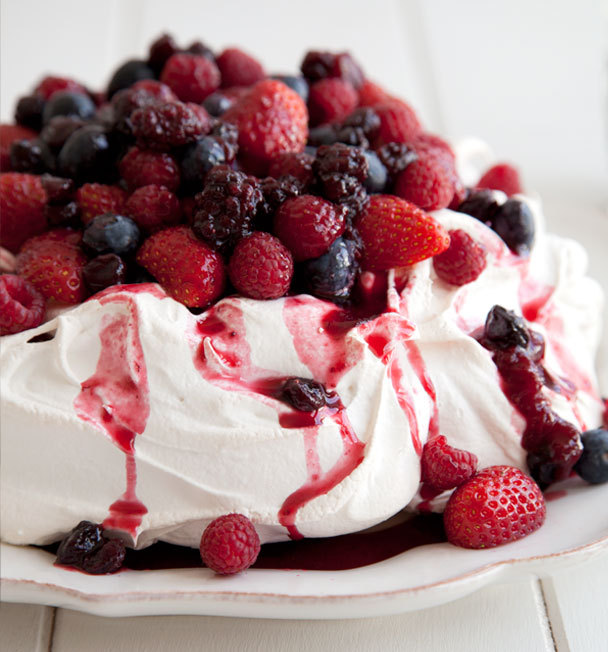
Pavlova
Ingredients
- 6 Egg Whites at room temperature
- pinch Salt
- 1.5 Cups Caster Sugar
- 2 tsp Cornflour
- 1 tsp Vinegar
Instructions
- To make a pavlova you really need an electric beater and egg whites that are not too fresh. If they are the pavlova will weep.
- Heat the oven to 180°C. Line a baking tray with baking paper and mark a circle about 16cm diameter with a plate.
- Place the egg whites into the clean bowl of an electric beater. Add the salt and beat until stiff.
- Slowly add the sugar with the beater running. Beat for about 10 minutes at high speed until the meringue is thick and glossy – it should be thick enough not to fall from the beater.
- Last of all, whisk in the cornflour and vinegar.
- Use a big spoon to drop dollops of meringue into the circled area of baking paper. Form into a circle of meringue, making swirls with the spoon on the top rather than flattening to a neat tidy disc.
- Bake at 180°C (not fan bake) for 5 minutes then reduce oven temperature to 130°C and cook a further hour. Turn off oven and leave pavlova to cool in the oven.
- Pavlova can be cooked a couple of days ahead a and stored in an airtight container, or frozen.
- Scatter over mixed berries and berry compote, or just serve with cream or sliced kiwifruit.
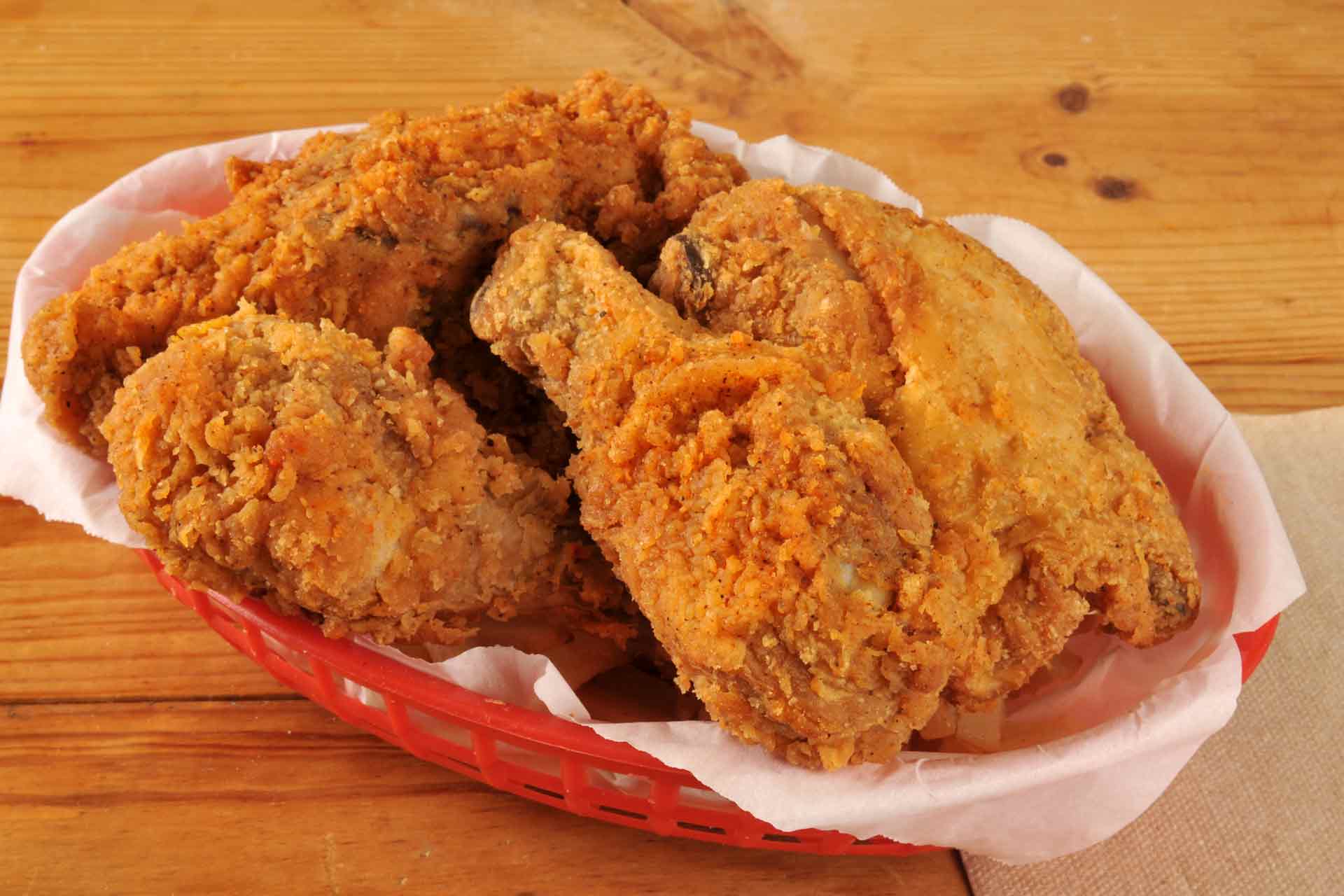

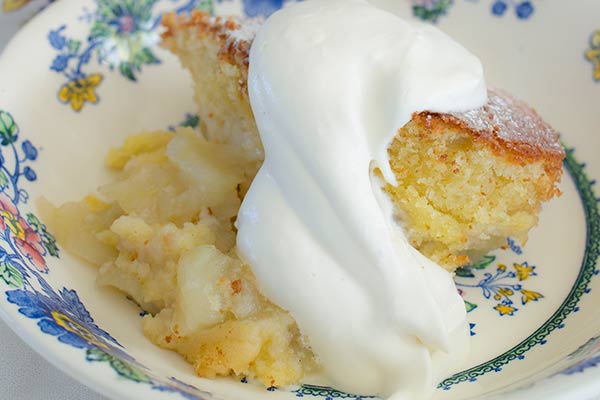
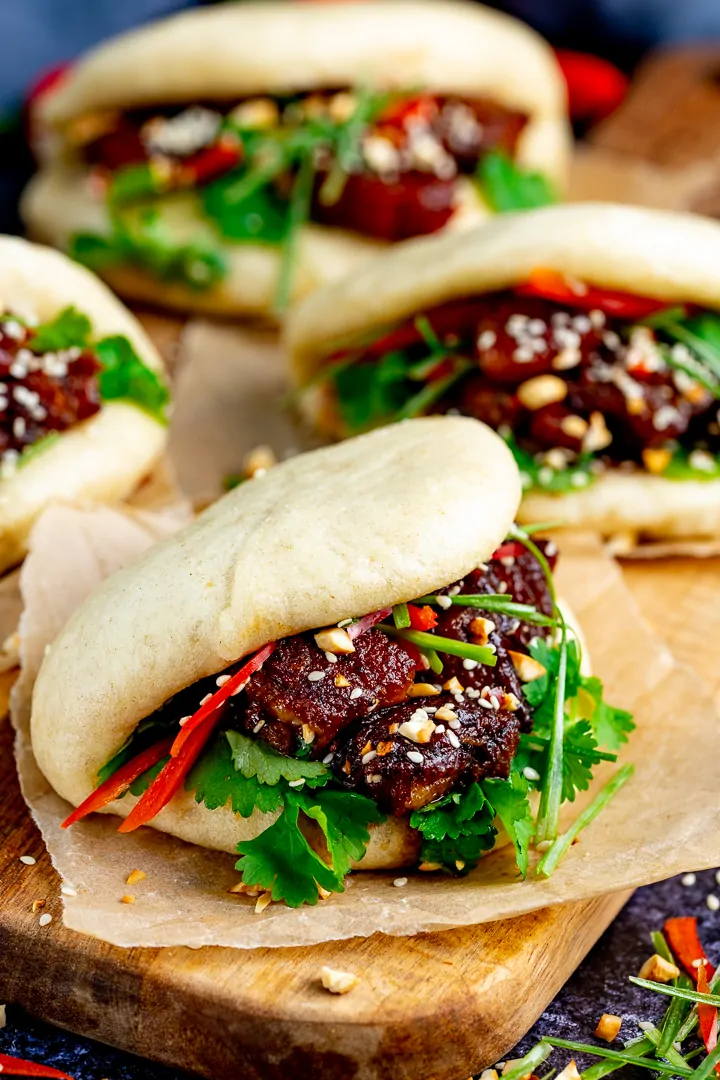
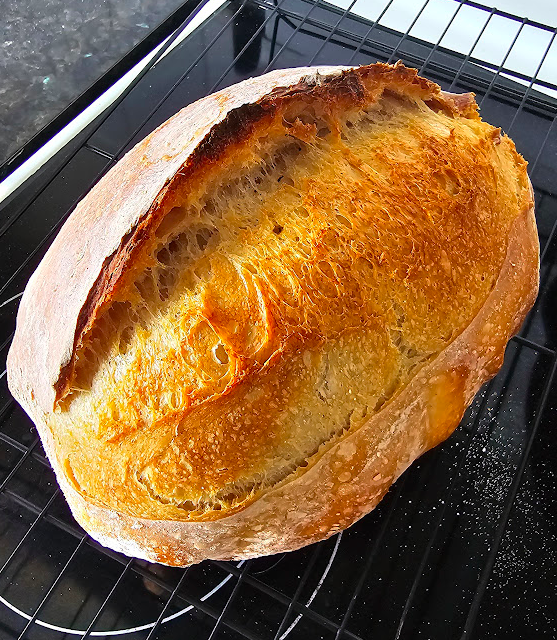
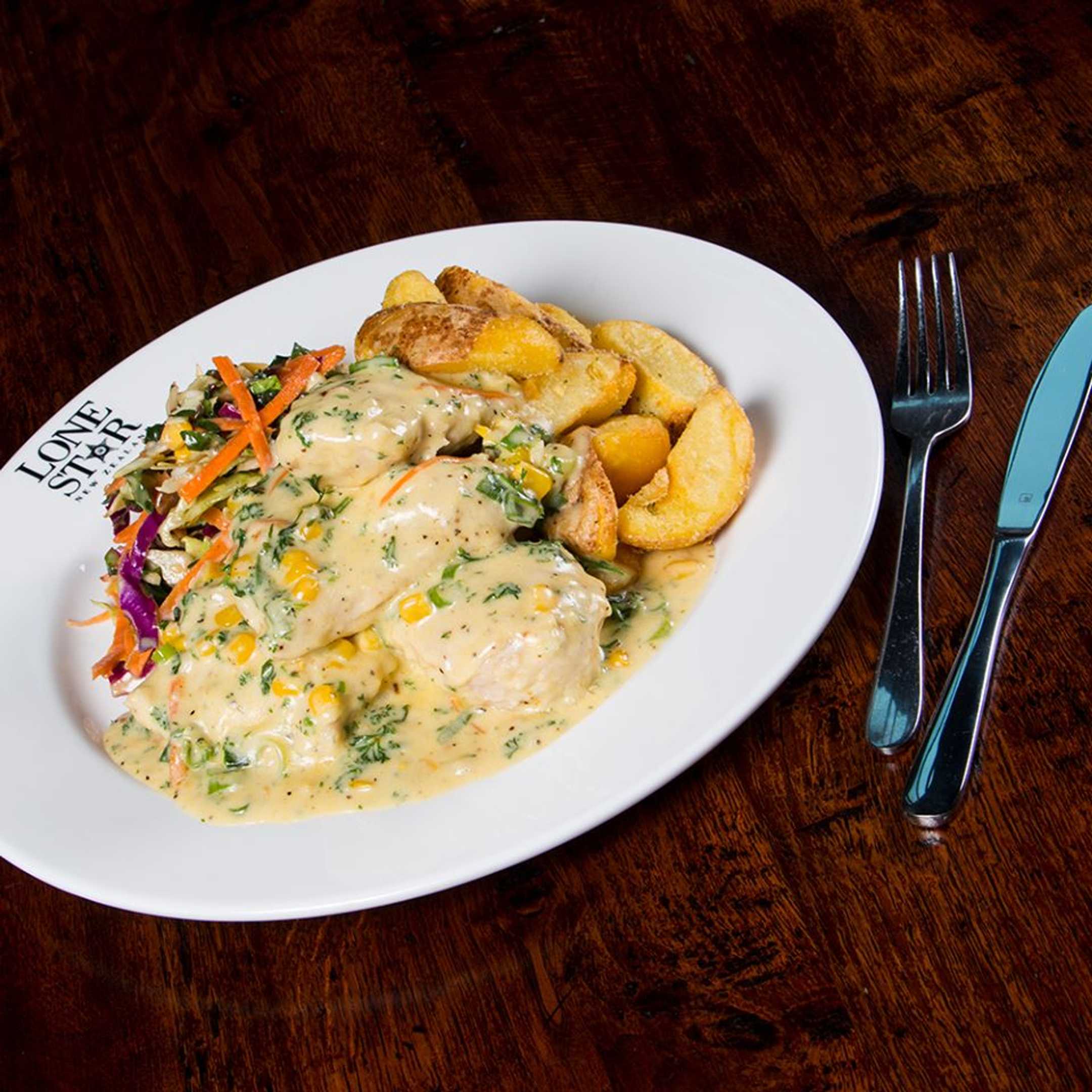
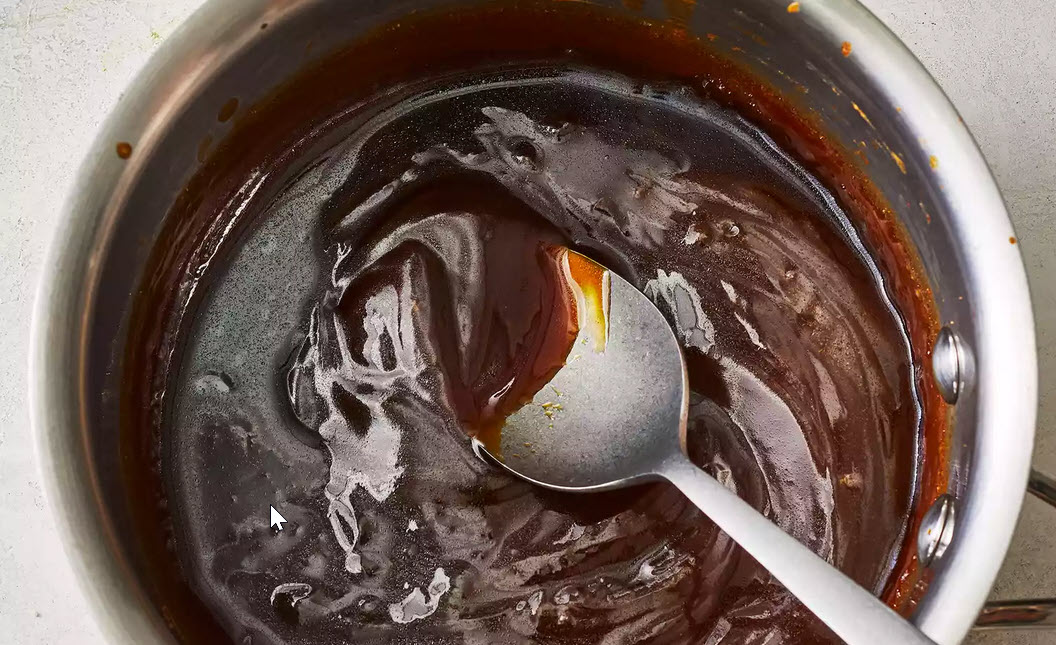
Thanks for this: do you have the name of the paper by Wood & Utrecht?
that looks awesome